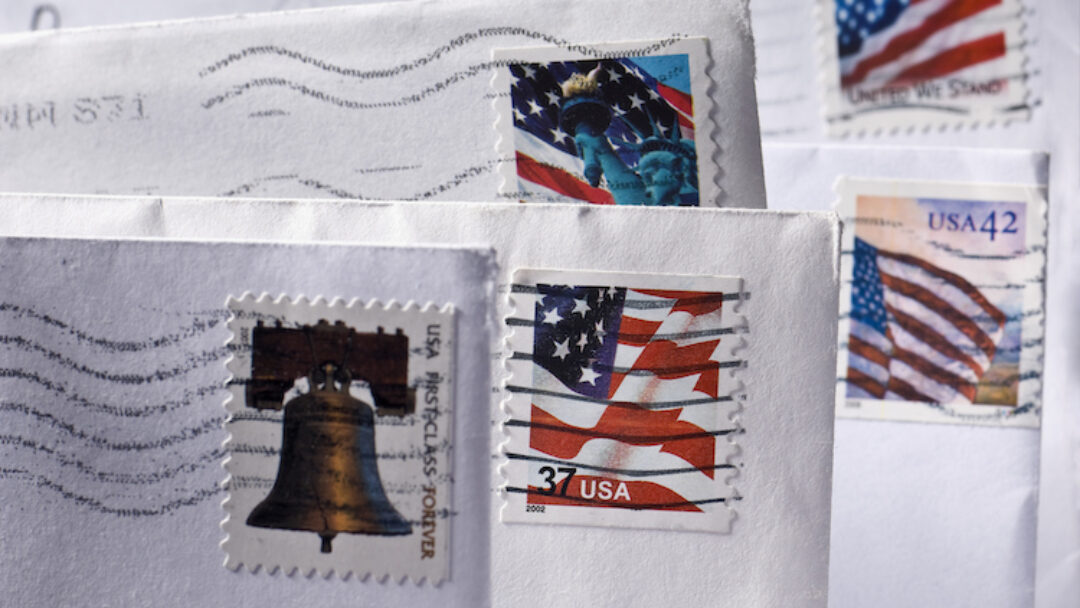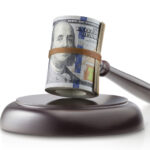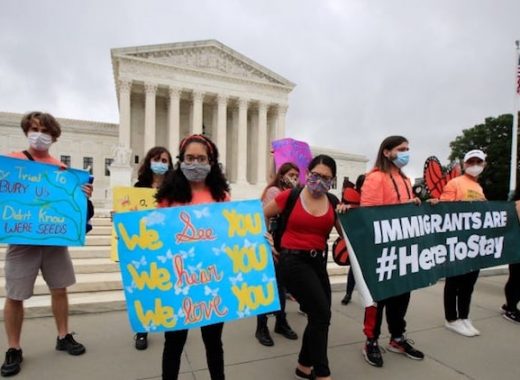It is the season for sending packages, gifts and holiday cards, but the US Post office has an important warning.
The government agency has issued a warning over a growing concern that has recently emerged, the rising prevalence of counterfeit postage.
The USPS, responsible for delivering approximately 471 million pieces of mail each day, has become increasingly concerned about the escalating presence of counterfeit postage. Counterfeit postage refers to fraudulent stamps or labels that are used to evade proper payment for mail services. This practice not only undermines the USPS’s revenue but also poses a serious threat to the integrity and security of the mail system.
The Rising Prevalence of Counterfeit Postage
Counterfeit postage has seen a significant surge in recent years, fueled by advances in technology that make it easier for counterfeiters to produce convincing replicas. The rise of online marketplaces and social media platforms has created a thriving underground market for counterfeit postage. These counterfeits often closely resemble genuine USPS stamps, making them difficult to detect without a trained eye.
This growing prevalence of counterfeit postage has both financial and societal consequences. The USPS estimates that it loses millions of dollars annually due to counterfeit postage, which ultimately impacts the cost of mail services for individuals and businesses. Moreover, the use of counterfeit postage undermines the trust and reliability of the mail system, potentially leading to delays, lost mail, and a decline in the USPS’s overall efficiency.
How Counterfeit Postage Affects Individuals and Businesses
Counterfeit postage poses a significant risk to individuals and businesses alike. For individuals, using counterfeit postage unknowingly can result in undelivered mail or even legal consequences, as it is a federal offense to use fraudulent postage. Additionally, individuals may find themselves responsible for additional fees or penalties if their mail is flagged for using counterfeit postage.
Businesses, on the other hand, face a more significant impact when counterfeit postage enters the equation. Not only can it lead to financial losses, but it also tarnishes their reputation and can erode customer trust. For businesses that rely heavily on mail services, such as e-commerce retailers, any disruption in the delivery process can result in dissatisfied customers and lost sales.
How to Identify Counterfeit Postage
Detecting counterfeit postage requires a keen eye and attention to detail. Here are some key indicators to help you identify counterfeit postage:
- Poor Quality Printing: Counterfeit postage often exhibits inferior printing quality compared to genuine USPS stamps. Look for blurry or smudged details, uneven colors, or distorted text.
- Incorrect Colors or Design Elements: Counterfeiters may struggle to replicate the precise colors and design elements of genuine stamps. Be on the lookout for variations in color shades or inconsistencies in the overall design.
- Lack of Security Features: Genuine USPS stamps incorporate various security features to prevent counterfeiting, such as watermarks, microprinting, or fluorescent ink. If these features are missing, it’s likely you are dealing with counterfeit postage.
Steps to Take If You Suspect Counterfeit Postage
If you suspect that you have received or used counterfeit postage, it’s crucial to take immediate action. Follow these steps to ensure your mail and personal information remain secure:
- Contact USPS: Reach out to your local USPS office or call the Postal Inspection Service to report the incident. Provide them with detailed information about the suspected counterfeit postage.
- Preserve Evidence: Keep the suspicious mail piece as evidence, along with any packaging or documentation associated with it. This will assist USPS investigators in their efforts to track down the source of the counterfeit postage.
- Monitor Your Mail: Remain vigilant and closely monitor your mail for any further signs of counterfeit postage. Report any suspicious activity or mail items promptly to USPS.
USPS’s Efforts to Combat Counterfeit Postage
Recognizing the gravity of the issue, the USPS has implemented various measures to combat counterfeit postage. These initiatives include enhanced training for postal employees to identify counterfeit stamps, collaboration with law enforcement agencies to track down counterfeiters, and public awareness campaigns to educate individuals and businesses about the risks of counterfeit postage.
Additionally, the USPS has embraced technological advancements to improve the authentication and tracking of genuine postage. This includes the implementation of unique identifiers and digital tracking systems, making it easier to verify the legitimacy of stamps and detect counterfeit postage.
Tips for Protecting Your Mail from Counterfeit Postage
Prevention is key when it comes to protecting your mail from counterfeit postage. Here are some proactive measures you can take:
- Purchase Stamps from Authorized Sources: Only buy postage stamps from trusted sources, such as USPS offices, approved vendors, or the official USPS website. Be cautious of third-party sellers or online marketplaces offering discounted stamps, as they may be selling counterfeit postage.
- Familiarize Yourself with Genuine USPS Stamps: Take the time to study the design elements, colors, and security features of genuine USPS stamps. This will enable you to quickly spot discrepancies and identify counterfeit postage.
- Stay Informed: Keep up-to-date with the latest news and alerts regarding counterfeit postage. The USPS regularly releases information about new counterfeit schemes or techniques, empowering you to stay one step ahead.








